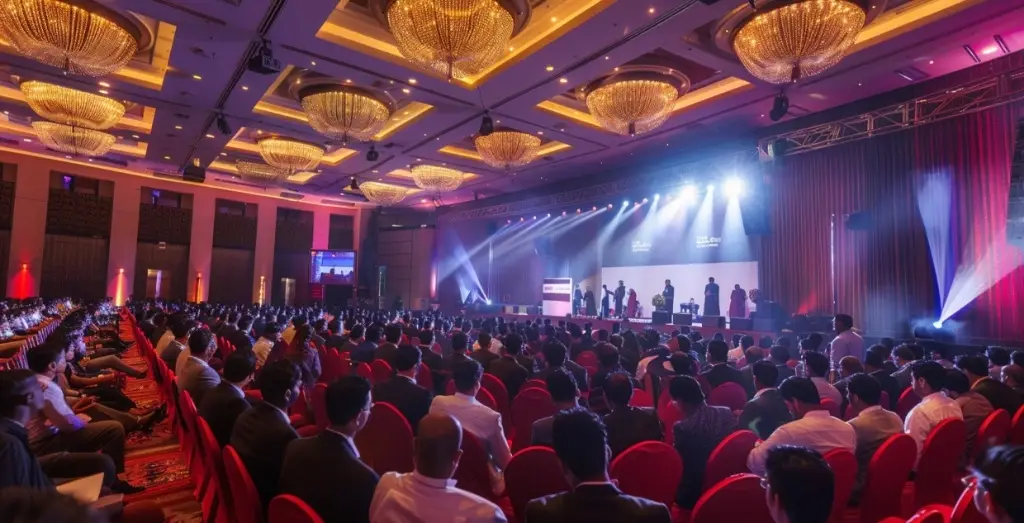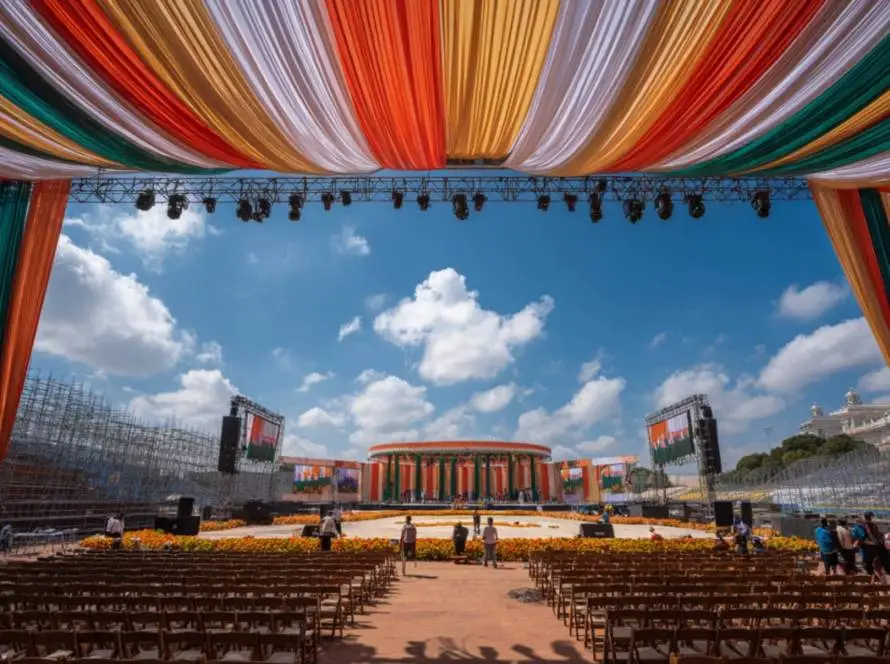Even the most seasoned planners know that corporate events are high-stakes. Whether you’re hosting a client summit, internal town hall, or investor briefing, a single misstep can affect not just the event’s outcome, but your brand’s reputation. Understanding common pitfalls — and how to sidestep them — is key to delivering a flawless experience.
Here are 10 common mistakes event professionals should watch out for during corporate event planning:
1. Neglecting a Clear Objective
Jumping into logistics without aligning on a purpose leads to scattered messaging and weak outcomes. Always define what success looks like — is it lead generation, internal alignment, investor confidence, or employee morale?
Events without clear purpose risk becoming well-produced noise.
2. Underestimating the Timeline
Planning a high-impact corporate event takes time. Rushing through approvals, vendor bookings, or program design often results in avoidable compromises. Give yourself the space to plan — especially when C-level involvement is required.
3. Choosing a Venue That Doesn’t Align
A venue that’s too large, too cramped, too hard to reach, or lacking infrastructure can derail the experience. Always match the venue to the event format, audience size, and technical needs — not just aesthetics.
4. Ignoring Brand Integration
Corporate events are brand moments — not just operations. Failing to visually and tonally align the event with your brand leads to disconnect. From signage to scripts, every element should reflect your identity.
5. Overloading the Agenda
Cramming too many sessions, speakers, or topics into one event can exhaust attendees and dilute focus. Plan for mental breaks, networking time, and clear transitions between segments.

6. Poor Stakeholder Communication
Misaligned expectations between departments, speakers, sponsors, or leadership can cause last-minute chaos. Use centralized tools, regular check-ins, and detailed briefs to ensure clarity across all teams.
7. Forgetting Tech Rehearsals
Sound checks and screen tests aren’t optional — especially when live streams, panel discussions, or remote guests are involved. One AV failure can undo months of planning in seconds.
8. Failing to Plan for the Unexpected
From speaker cancellations to weather issues, every event needs a backup plan. Have contingency protocols in place and assign a team member to handle real-time problem-solving.
9. Overlooking Audience Experience
Are the check-in lines too long? Is there clarity on where to go next? Is the content truly relevant? Always design from the attendee’s perspective — not just the organizer’s checklist.
A seamless experience isn’t just about smooth operations — it’s about how the audience feels throughout.
10. Not Following Up Post-Event
Once the event ends, don’t disappear. Send thank-you notes, share highlight videos, gather feedback, and follow up on leads or connections made. A great post-event experience can multiply the impact of everything that came before.




